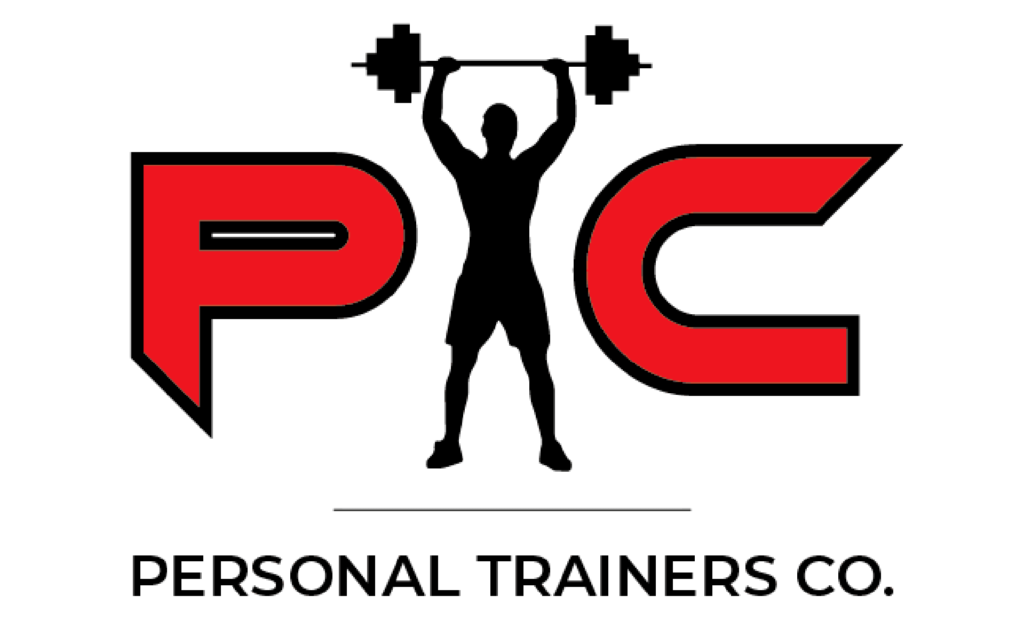Components of Fitness: Unlocking Your Full Potential
Introduction :
Fitness is a multi-faceted concept that encompasses various aspects of physical well-being. To achieve a well-rounded level of fitness, it’s important to understand and address the five key components: cardiovascular endurance, muscular endurance, muscular strength, flexibility, and body composition. Each component plays a crucial role in enhancing overall physical performance and maintaining optimal health. In this blog post, we will delve deeper into these components, exploring their significance, benefits, and practical ways to improve them.
1.Cardiovascular Endurance :
Cardiovascular endurance, also known as cardiorespiratory fitness, refers to the efficiency of the cardiovascular system in delivering oxygen and nutrients to working muscles during sustained physical activity. Regular aerobic exercises like running, swimming, cycling, or brisk walking improve cardiovascular endurance by strengthening the heart, increasing lung capacity, and enhancing the efficiency of the circulatory system. Improved cardiovascular endurance offers numerous benefits, such as increased energy levels, reduced risk of cardiovascular diseases, improved stamina, and better overall endurance. Incorporating activities that elevate the heart rate into your fitness routine will gradually enhance your cardiovascular endurance, enabling you to engage in physical activities for longer durations without feeling exhausted.
2. Muscular Endurance :
Muscular endurance refers to the ability of a muscle or group of muscles to repeatedly exert force or sustain an effort over an extended period. It is crucial for activities that require repetitive movements or sustained effort, such as long-distance running, cycling, or performing multiple sets of strength exercises. Developing muscular endurance involves engaging in exercises that involve high repetitions with lower resistance. Bodyweight exercises like push-ups, sit-ups, or lunges, as well as circuit training, can effectively enhance muscular endurance. By improving muscular endurance, you not only increase your capacity to perform tasks without fatigue but also enhance your overall muscular strength and support proper posture.

3.Muscular Strength :
Muscular strength refers to the maximum amount of force that a muscle or group of muscles can generate in a single effort. Unlike muscular endurance, which focuses on sustained effort, muscular strength training involves lifting or moving heavier loads. Engaging in strength training exercises like weightlifting, resistance training, or using resistance bands stimulates muscle growth, enhances bone density, and improves overall strength. The benefits of muscular strength extend beyond physical performance, including increased metabolism, improved joint stability, and reduced risk of injury. Integrating regular strength training sessions into your fitness routine helps you build a strong foundation, enabling you to handle daily tasks more efficiently and excel in activities that demand power and force.
4.Flexibility :
Flexibility refers to the range of motion of your joints and the ability of your muscles to stretch without causing injury. It plays a crucial role in maintaining proper posture, preventing muscle imbalances, and reducing the risk of injuries. Regular stretching exercises, yoga, Pilates, and mobility drills can significantly improve flexibility. By enhancing flexibility, you increase your agility, balance, and coordination, which are essential for various physical activities and sports. Moreover, improved flexibility promotes better muscle recovery, reduces muscle soreness, and enhances overall relaxation. Adding flexibility exercises to your fitness routine not only allows you to move more freely but also contributes to better overall physical performance and reduces the risk of strains or sprains.
5.Body Composition :
Body composition refers to the relative proportions of fat, muscle, bone, and other tissues in your body. It is an important indicator of overall health and fitness. Achieving a healthy body composition involves managing body fat levels through a combination of regular exercise, balanced nutrition, and maintaining a calorie balance. While the focus is often on reducing excess body fat, it’s equally important to build and maintain lean muscle mass. A healthy body composition provides numerous benefits, such as improved metabolic health, increased energy levels, reduced risk of chronic diseases, and enhanced self-confidence. Striving for a healthy body composition should be a long-term goal that involves making sustainable lifestyle changes, including a balanced diet and regular physical activity.
6.Speed:
Speed is a crucial component of fitness that focuses on the ability to move quickly and efficiently. Whether you’re a sprinter, an athlete, or simply looking to enhance your everyday movements, improving speed can have significant benefits. Increased speed not only improves athletic performance but also enhances reaction time, coordination, and overall agility. Incorporating speed training exercises such as sprints, agility drills, and plyometric exercises into your routine can help develop explosive power, stride length, and quickness. Discover the techniques, training methods, and success stories that highlight the impact of speed on athletic prowess and overall physical performance.
7. Balance:
Balance is often overlooked but plays a fundamental role in physical fitness and overall well-being. It refers to the ability to maintain stability and control during various movements and positions. Good balance promotes proper posture, reduces the risk of falls and injuries, and enhances performance in activities such as yoga, dance, and sports. In this chapter, explore the importance of balance training, learn effective exercises and techniques to improve balance, and discover the profound impact it can have on your daily life. Real-life examples and testimonials will inspire you to incorporate balance training into your fitness routine and unlock a new level of stability and confidence.
Conclusion :
Understanding and addressing the five components of fitness is essential for unlocking your full physical potential. By incorporating activities that improve cardiovascular endurance, muscular endurance, muscular strength, flexibility, and body composition, you can create a well-rounded fitness routine that promotes optimal health and performance. Remember that consistency is key, and progress takes time. Embrace a balanced approach to fitness, listen to your body, and enjoy the journey of self-improvement. With dedication and perseverance, you can transform your fitness level, enhance your overall well-being, and discover the joy of a healthy, active lifestyle.

